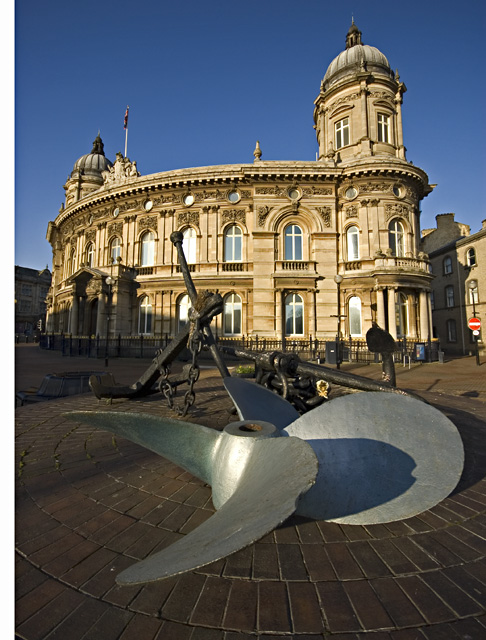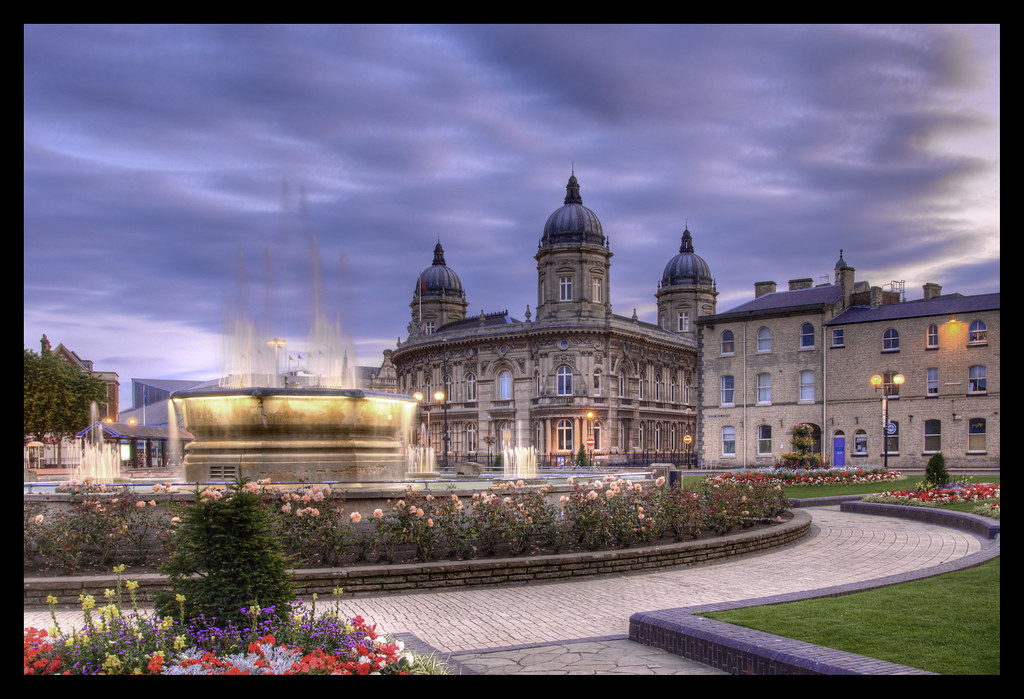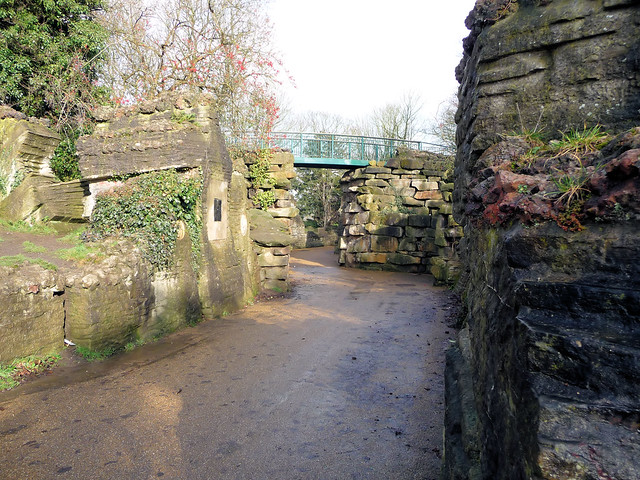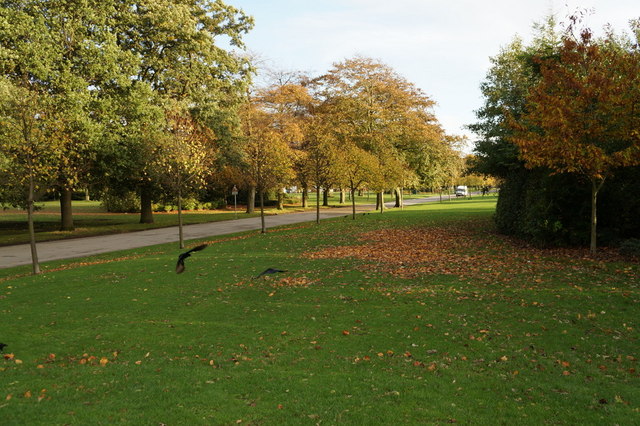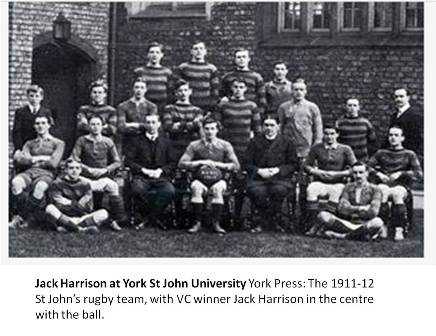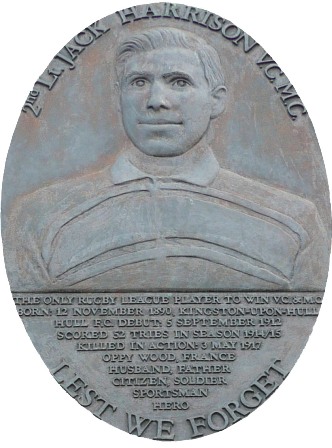Don Suddaby was a comsetic chemist working for Croda International in Hull. His was only a small part in the story, but a crucial one.
Augusto Odone and his second wife Michaela had just come back from the Comoros Islands (north of Madagascar) where they had been working for the World Park and settled in Washington. In 1984 their youngest child Lorenzo, almost six, started displaying symptoms that could not be explained. Augusto and Michaela persisted and did their own research and eventually realised that he was suffering from Adrenoleukodystrophy (ALD). This is an inherited problem where the body is not able to break down very long chain fatty acids (VLCFAs) and these build up in the cells where they attack the myelin sheaf of nerves that insulate and protect them. This then leads to the deterioration of the nervous system that eventually leads to death. Little was known about the problem and there were no known cures. The severe form is only based down to males.

Augusto, Michaela and Lorenzo Odone in 1985 around the time of the diagnosis of his ALD.
Augusto and Michaela did not accept that they would have to watch him die and though not scientists they set to to look into the disease. Their research found that there was some efforts being made in gene therapy where the hereditary defect could be repaired but this was for a long time in the future. They then looked at from preventing the VLCFAs building up in the body. They organised a conference and much of the finance for it, and found that oleic acid, a monounsaturated fatty acid that is derived from olive oil, was thought to reduce the accumulated VLCFAs. By the time of the conference Lorenzo was unable to walk and talk and had trouble swallowing so time was off the essence as he had only months to live. They managed to find a company that manufactured an edible source of Oleic acid and started testing the oil on Michaela's sister Deidre. As the ALD is hereditary they had checked family members and found her to have the gene defect and an accumulation of the VLCFAs but without the myelin loss. Following testing on her they found the fad fatty acids reduced by half and straight away started giving it to Lorenzo. This was not enough for Lorenzo so Augusto and Michaela continued research thinking that there may be another 'good' fatty acid that may be more potent than Oleic acid. They found one in erucic acid that is derived from rape seed oil. The only problem was that the majority of research had found that it was toxic to mice and rats. However a Canadian company had done research on humans and found no such toxicity and it was part of the staple diet in Indian and Eastern Europe. That was enough for them and they started looking for somebody to manufacture their oil and this is where Don Suddaby steps in.
Don had been in the Royal Navy during WWII and afterwards passed his degree in Chemistry. in 1949 he started work with Smith and Nephew on drugs to combat tuberculosis that became available world wide. He was made a Fellow of the Royal Institute of Chemistry in 1957. By 1960 he was a director of S&N Research Ltd and Managing Director in 1967. He then took early retirement to pursue a farming lifestyle. How ever in 1973, maybe due to an accident that caused a broken hip and put him in a wheelchair he accepted a position as an Analytical Chemist with Croda International Ltd. in 1973. Here he was mainly working on fish oils and had just completed this work when Lorenzo's Oil turned up.

Croda factory in Oak Road Hull.
Croda International are an East Yorkshire company that was started in 1925 by a Mr. G. CROwe and a Mr. DAwe and hence the name CRODA. They were manufacturing lanolin out sheep's wool oil. They have grown to a very large company and manufacture all over the world with the head office still in East Yorkshire. They produce cosmetic creams and lotions, dietary supplements and even a fatty acid amide that makes plastic bags in a roll easier to separate!

Lorenzo and Augusto Orone just before Lorenzo died aged 30.
The Odones contacted about 100 manufacturers to try to have their oil fabricated but as they were not either medical or scientific they were not entertained, until they came into contact with Croda's USA Office. The specification of the oil Odone required ended up on Kieth Couplands desk in Hull late 1985 early 1986. Croda were the largest producers or erucic acid in the world and Don Suddaby's work on fish oils was directly related to the high concentrations required. He agreed to help them and set to finding a solution to formulating an oil from oleic and erucic acids with Don, by now 70 years old, as the lead man. First he had to refine the products sufficiently to a 95% concentration of the active ingredients, remove long chain fatty acids and then combine them in an effective way. We worked 16 hour days, mainly at night when he wouldn't be disturbed and had use of equipment etc and in four months he had Lorenzo's oil. It was 4 parts erucic and 1 part oleic acid. The first kilo of oil cost several thousand dollars. Again the oil was tested on Michaela's sister and miraculous results were noted as the VLCFAs disappeared from her cells.
Lorenzo was first diagnosed in 1984 aged 7 and steadily degenerated. By the time the oil was ready in 1988 he was bed ridden and was blind deaf and almost completely physically disabled and could communicate only by blinking or moving his fingers. The administration of the oil prevented any further regression and Lorenzo lived a further 19 years until he died just after his 30th birthday in 2008. His mother Michaela had died of lung cancer in 2000 and Augusto died in 2012. Lorenzo's Oil was not able to cure him but prevented progress of the disease. Being hereditary it was found that if given to young people with the gene defect before symptoms develop the ALD can largely be prevented. The Odone's were not satisfied with this and put much time and effort into setting up the Myelin Project were work is being carried out on how to repair the nerve myelin to restore the nervous system.
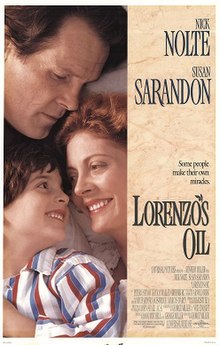
Film poster for Lorenzo's Oil, 1992.
In 1992 a film was made of the story and was called Lorenzo's Oil. Nick Nolte played Augusto and Susan Sarandon played Michaela. Peter Ustinov was also in the film and Don Suddaby played himself. The filming of the lab scenes was done at Canary Wharf as the Croda lab was not big enough. The only photograph of Donnald Suddaby I can find is a still from the movie. It was nominated for two Oscar awards.

Don Suddaby in the film Lorenzo's Oil, 1992.
Don Suddaby died a year later in 1993 but is remembered with a street named after him, Suddaby Close. This street is found at the end of Lorenzo Way off Southcoates Avenue in East Hull.



